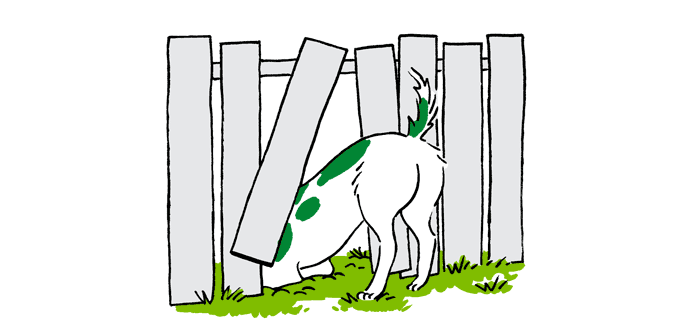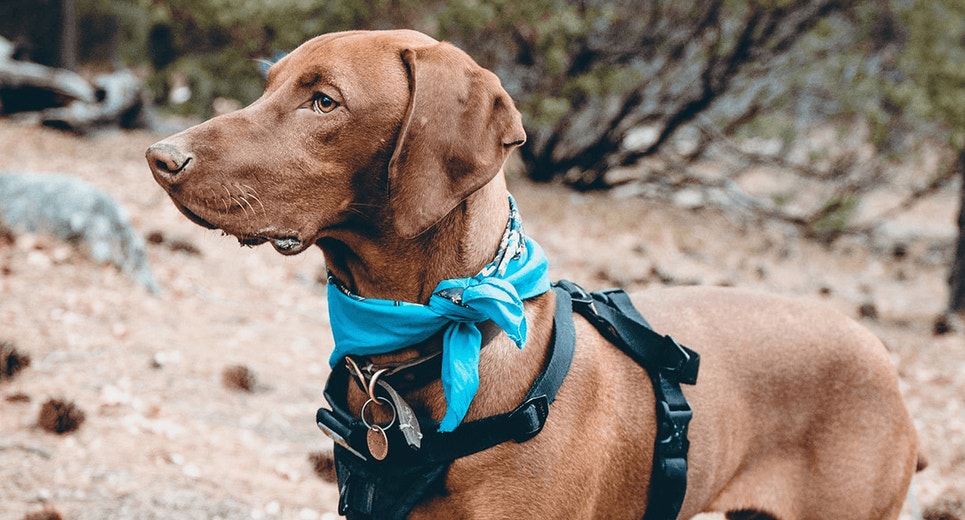
Why Is My Dog Not Eating?
It’s always important to pay attention to your dog’s food intake to give you a baseline of what’s “normal” for them. If you notice a big change in your dog’s appetite or your dog starts ignoring their food altogether, it may be a cause for concern. The first step is understanding the problem.
What Is Anorexia in Dogs?
Simply put, anorexia in dogs is a drastic decrease in food intake or loss of appetite. There are two types: true anorexia and pseudo-anorexia. A dog experiencing true anorexia has no interest in eating, whereas one with pseudo-anorexia wants to eat but is unable. In other words, one is a mental state while the other is driven by physical difficulties.
If your dog is still eating but turning their nose up to their food, you may be dealing with a picky eater instead.
When to Talk to Your Vet
There are a number of reasons a dog may stop eating, including:
- Illness
- Gastrointestinal distress
- Certain medications
- Dental disease or oral pain
- Anxiety or fear
- Food-related issues, like staleness or spoilage
It is typically difficult to determine the cause on your own, or even the type of anorexia your dog is experiencing. So, as a general rule, if your dog hasn’t eaten in more than 24 hours, it’s time to visit your vet. They can run tests and assess your dog’s overall health to help determine why your dog refuses their food.

What to Do When Your Dog Won’t Eat
Just like humans, dogs rely on food to get the nutrition, energy and fiber they need to live a healthy life. So, if your vet doesn’t detect any major issues, it’s important to get them back to their regular eating habits. And we’ve got some tricks up our sleeve to help you out:
Experiment with Mixed Feeding
Some dogs prefer wet food over dry food — it has a different texture and a different taste than their typical kibble. Spice up mealtime by topping their dry dog food with room-temperature wet food. To avoid allergies, if your dog is used to a chicken-first diet, try topping their dry food with IAMS™ Adult Chicken & Rice Pâté, or if they're used to eating a beef-first diet, try IAMS™ Adult Beef & Rice Cuts in Gravy.
Change Their Food
Even though dogs typically like consistency when it comes to food, sometimes avoiding food is simply due to boredom. So, if your dog’s been eating a chicken-first diet like IAMS™ Minichunks Chicken & Whole Grains, try switching it up with lamb-first food like IAMS™ Minichunks Lamb & Rice. Just remember to make the transition slowly to avoid any tummy troubles. Here’s a guide to help you out.
But keep in mind, if you find you’re having to switch up their diet more and more to make them eat, it may cause them to hold out for something they like better. In other words, it might make them even pickier. Try revisiting a texture or flavor your dog liked in the past, reevaluating your feeding schedule or, if you feed them dry food, only setting it out for 15 to 30 minutes at a time to help reset their eating habits.
Try Positive Reinforcement
One thing we love about dogs is how much they want to make their human(s) happy. So, when you see them eating, you can bring out the baby voice to tell them how good they are. Once they understand what they’re doing right, they’re more likely to repeat the behavior. After all, every dog wants to be called a good dog!
Still have questions about your dog’s eating habits? Our Pet Parent Partners are here for you. They can help you find the right food for your dog using our Dog Food Selector, answer common questions about feeding and so much more. Just click the chat icon at the bottom of your screen to get in touch with an expert today.



